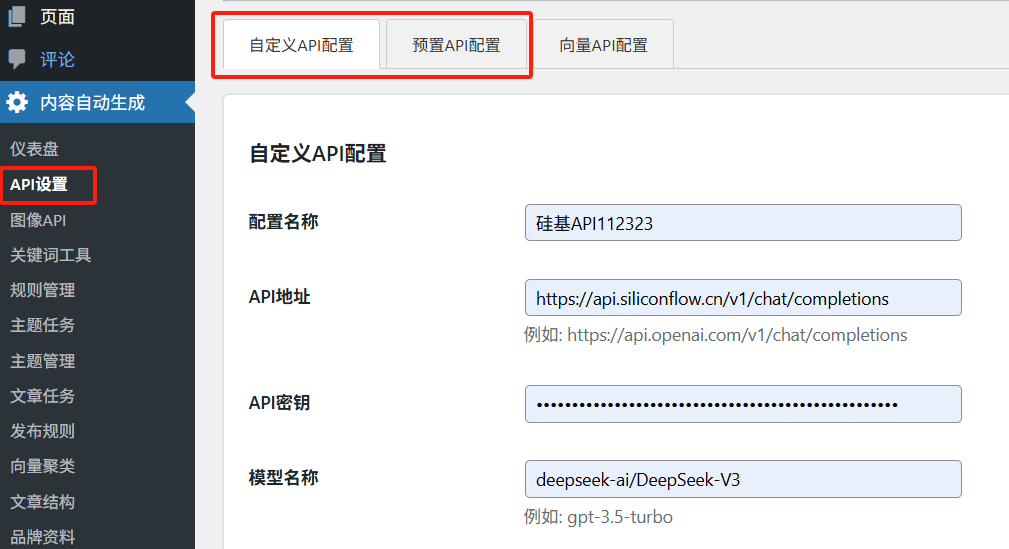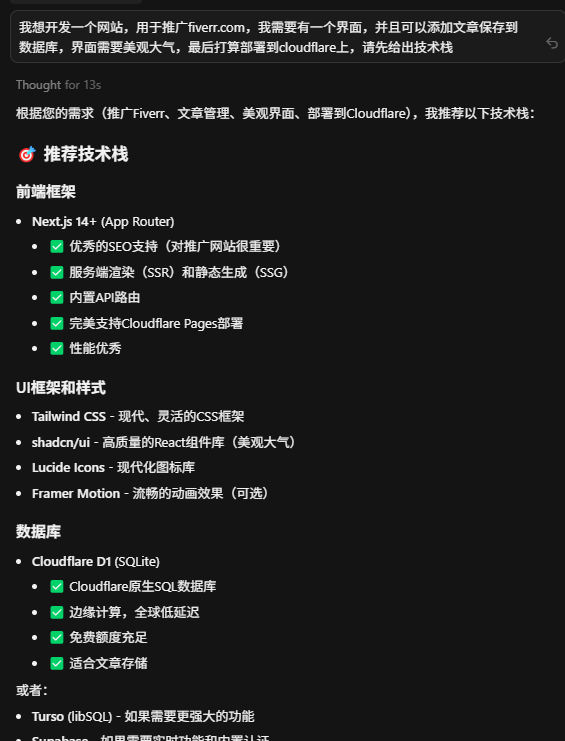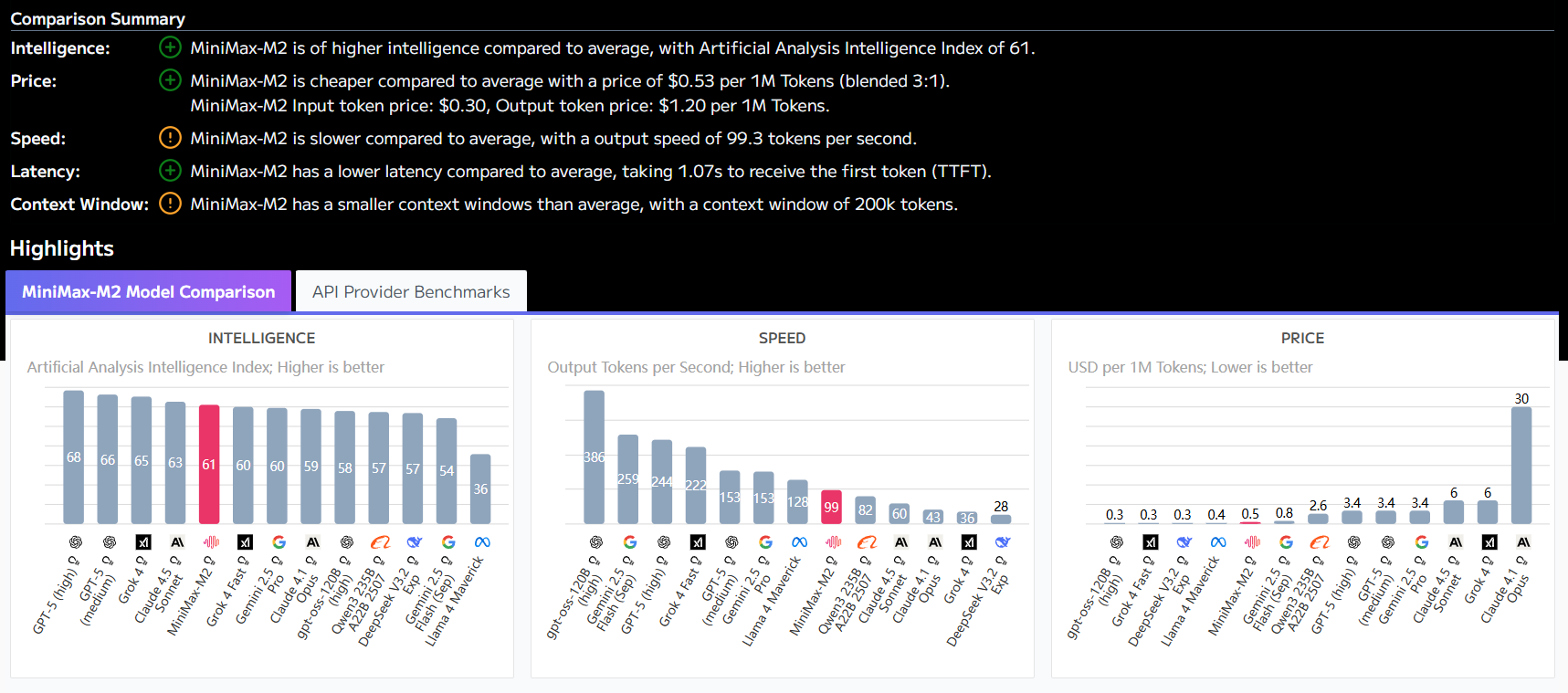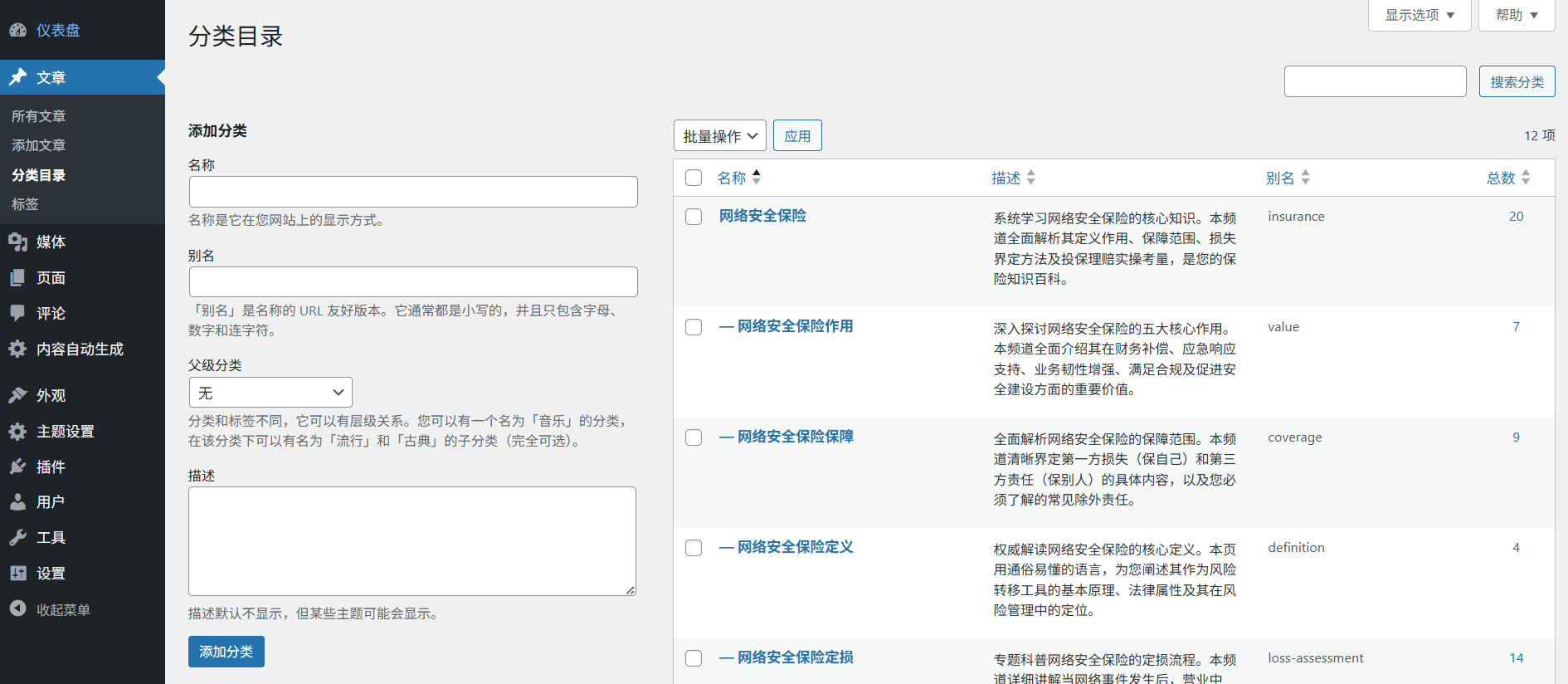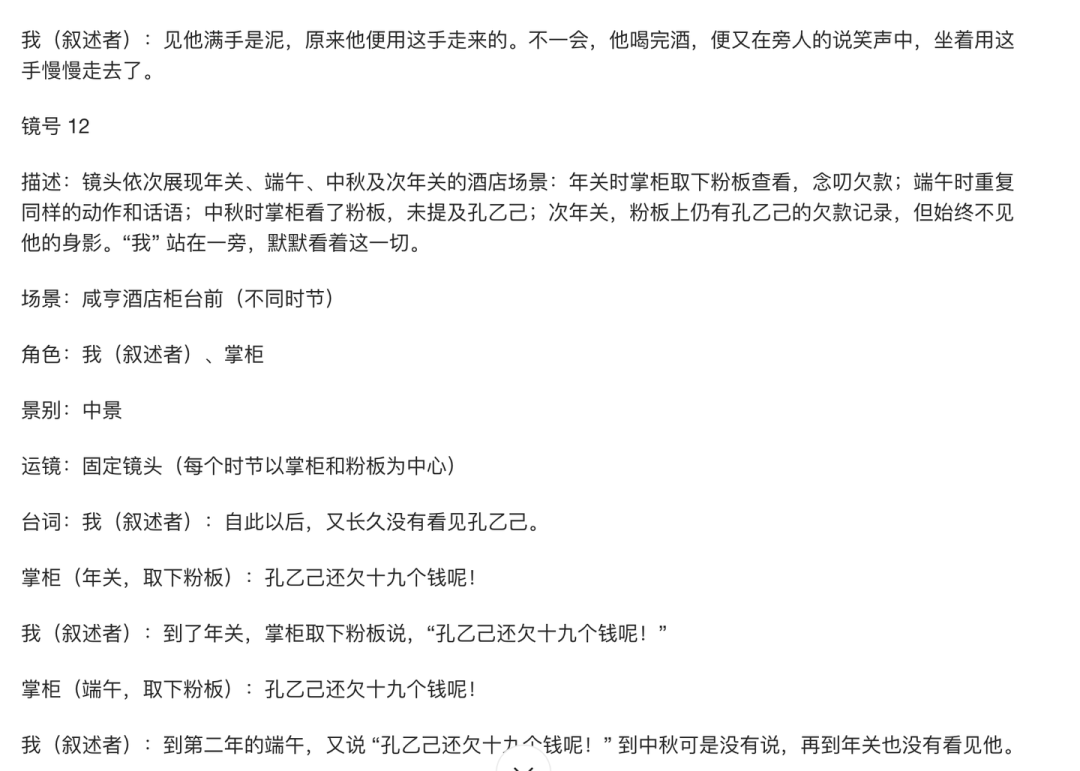Webhookify is an online tool designed to streamline the process of handling Webhooks. When a specific event occurs in a web application or service (such as Shopify, Stripe, or GitHub), it sends a notification via Webhook. Webhookify provides you with a dedicated web address (URL) that you can use to receive these notifications. Upon receiving a notification, Webhookify can log it for you to view and analyze at any time. It also analyzes them through artificial intelligence and pushes important events to your Telegram, Discord or mobile app in real time. What's unique about this tool is that you don't need to write almost any code to connect different services and automate event-driven processes. It is especially suitable for users who need to monitor critical business events (e.g. failed orders, lost users, failed software deployments) and can help them identify and respond to problems in a timely manner.
Function List
- Instant generation of Webhook URLs: Without any configuration, you can quickly generate a dedicated URL for receiving Webhook events.
- Real-time request log: Automatically capture and record each incoming Webhook request, easy to view the detailed data content (Payload) for analysis.
- AI Smart Alerts: Analyze the importance of events through AI and push notifications of key events through Telegram, Discord, Android and iOS mobile.
- Cross-platform integration: The generated URLs can be integrated with any Webhook-enabled service, such as GitHub, Stripe, Shopify, or an application you develop yourself.
- Detailed request analysis: Provides a complete view of request information, including request headers, payloads, timestamps, and related metadata.
- Multi-device notifications: Ensure that users can receive timely notifications on any device (Android, iOS, Telegram and Discord) to stay on top of the situation.
Using Help
Webhookify makes it easy to connect different web services and monitor important events. It acts as a middleman, receiving event notifications from one app (like Stripe) and forwarding them to you or your other apps. Here's a detailed flow of how to use it:
Step 1: Understanding core concepts
There are two basic concepts that need to be understood before they can be used:
- What is a Webhook? When something happens in a web service (e.g., a new order in the Shopify store, a new code commit in the GitHub repository), the service will proactively send a message to a URL you've predefined. This process is called a Webhook, and it's an "event-driven" way of communicating that's much more efficient than repeatedly checking to see if something has changed.
- What is the role of Webhookify? Webhookify provides you with that "pre-defined URL". You don't need to build your own server to receive these messages. All you need to do is generate a URL on Webhookify and fill it into the backend settings of the sender's service (e.g. Shopify). After that, all messages sent to this URL will be captured, recorded by Webhookify and pushed to the specified platform according to your settings.
Step 2: Generate your exclusive Webhook URL
- Visit the Webhookify website and log in.
- On the main screen, there is usually a "Get Started" or "Generate Endpoint" button, click it.
- The system will immediately generate a unique URL for you, usually in the format of
https://webhookify.app/h/xxxxxxxxx. This URL is the endpoint you'll use next to receive event notifications.
Step 3: Configure Webhook in the source service
Now, you need to tell the service that sends the event (which we'll call the source service) where the notification should be sent. Take a couple of common services as examples:
- If you use Stripe (payment platform)::
- Log in to your Stripe developer backend.
- Find the "Webhooks" setting option.
- Click Add an endpoint.
- In the Endpoint URL field, paste the unique URL you generated on Webhookify.
- Select the events you wish to listen for, e.g.
charge.failed(payment failure) orcustomer.subscription.deleted(subscription canceled). - Save the settings.
- If you use Shopify (e-commerce platform)::
- Log in to your Shopify store backend.
- Go to Settings > Notifications.
- Scroll to the "Webhooks" section at the bottom of the page.
- Click "Create Webhook".
- In the "Events" drop-down menu, select the events you care about, such as
orders/create(Creating a new order). - In the "URL" field, paste your Webhookify URL.
- Select the latest API version and save.
- If you use GitHub (code hosting)::
- Go to your GitHub repository page.
- Click "Settings" > "Webhooks".
- Click "Add webhook".
- In the "Payload URL" field, paste your Webhookify URL.
- option
Content typebecause ofapplication/jsonThe - Select the event for which you want the notification to be triggered, e.g.
pushes(code push) orissues(Question submitted). - Click "Add webhook" to complete the creation.
Step 4: Receive and view notifications
Once configured, Webhookify will capture the request as soon as the event you subscribed to occurs in the source service.
- real time notification: If you set up a notification channel (e.g. Telegram or a mobile app) in Webhookify, your phone will immediately receive a push alert.
- View Log: Log in to the Webhookify dashboard and you can see all incoming request records. Click on any record to see all the information about that request in detail, including:
- Headers: Request header information for source validation, etc.
- Payload: The body of the request, usually JSON-formatted data, contains details of the event (e.g., order number, amount, customer information, etc.).
- timestamp: The specific time when the event occurred and was received.
This detailed logging feature is very useful for debugging and analyzing problems. You can clearly see exactly what data the source service is sending over.
application scenario
- E-commerce Order Monitoring
When using platforms like Shopify, merchants can miss out on high-value orders due to delays or omissions in the order system. With Webhookify, theorders/create(new order creation) andcharge/failed(Notifications of events such as (payment failures) are pushed in real-time to the phone or team's Discord channel. This allows the sales or customer service team to be the first to respond to deal with potential issues or follow up on large orders to avoid revenue loss. - SaaS User Churn Alert
With subscription-based software services (SaaS), user churn is a central concern. When a customer's subscription renewal fails, time is money. By plugging Webhook events such as failed renewals and subscription cancellations from payment platforms such as Stripe or RevenueCat into Webhookify, founders or customer success teams receive immediate alerts so they can proactively reach out to customers to help them resolve their payment issues and effectively recapture the revenue they are about to lose. - DevOpsDeploymentMonitoring
The stability of Continuous Integration and Continuous Deployment (CI/CD) is critical in the software development process. Development teams are often inundated with Slack or email notifications. Utilizing Webhookify to connect to GitHub or GitLab'sdeployment/failure(deployment failure) orsecurity_alert(Security Alerts) and other critical Webhook events, and using its AI filtering capabilities, you can ensure that only the most urgent and important notifications are sent to operations engineers, allowing them to respond quickly to critical failures instead of being distracted by irrelevant information.
QA
- What is Webhookify?
Webhookify is an online service that provides an exclusive URL for receiving Webhook notifications from other apps (e.g. Stripe, Shopify), which are then logged and pushed to you in real time. It simplifies the process of connecting events between different services without writing code. - Do I need to build my own server to use Webhookify?
No. The core value of Webhookify is that it handles all the back-end work of receiving and logging Webhooks for you. All you need to do is get a URL from it and populate that URL into the backend of the service that sends the Webhook, without any server configuration. - What services work with Webhookify?
Any service that supports Webhook (i.e. can send HTTP requests to a specified URL) can be integrated with Webhookify. This includes, but is not limited to, Stripe, Shopify, GitHub, GitLab, Slack, and many other SaaS services and custom applications. - Where will I be notified?
You can receive real-time alerts sent by Webhookify on multiple platforms, including Telegram, Discord, and specialized Android and iOS mobile apps. - Is this service safe?
Webhookify refers to the service as "Secure by default" on its website, and Webhook communications are typically transmitted using HTTPS encryption to ensure that data is secure in transit. - Is there a free plan for this tool?
The official website mentions "Free to get started", which suggests that it may offer a free package or trial period so that users can experience its basic features.






















